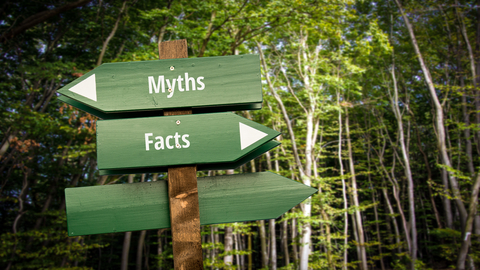Top post: Background investigations – Don’t skip the media report
This post was originally published in September 2018.
Due diligence background investigations come in all flavors. They’re generally customized according to industry, level of risk, and time constraints. There’s one component, though, that should be included in all background checks on people and companies–the media report.
What’s a media report?
It’s the section of a background investigation that covers news and social media. It complements public records findings, and it offers insights into both good and bad behavior that can help you decide whether or not this is the kind of person with whom you want to do business. As one long-time client says, “It provides the color.” Sometimes there’s nothing, and sometimes you strike gold, like the time we learned that our subject was recently convicted of securities fraud in a non-U.S. court.
Why is the media report so important?
Many red flags don’t make it into the public record, including claims settled out of court. At times, it’s a workaround for when we don’t have the consent needed for an official degree verification. Also, public records can be incomplete, and a news article about a legal proceeding might fill in a few details. Finally, the information you find in your media searching provides leads for further investigations. For example, we once learned–from our subject’s wife’s Facebook page–that were living in a country different from the one he claimed in disclosure forms, which changed the direction of our investigation.
Why do people skip the media report?
Searching news and social media means going past a basic Google search, and it takes time and some specialized sources. Because of the type of analysis needed, it requires a human touch and can’t be done by a machine. Also, investigators often believe that their subject isn’t famous enough for news coverage, even though local papers share lots of useful info about their current or one-time residents. And sometimes, no news is good news.
How do you create a media report?
Here are a few tips for including news and social media in your background investigations:
Use more than one search engine – Google is a good start, but you need some variety. More than once, Bing has come to the rescue with content not found elsewhere–like our subject’s blog posts that explained the two-year gap in her work history. Also try some other Google alternatives.
Use fee-based news sources – Search engines and other free sites don’t cover everything. We use LexisNexis, Dow Jones Factiva, and ProQuest Dialog (yes, all three), and we frequently find content in one that doesn’t appear in the others.
Use specialized sources – Search news websites, and check social platforms directly to see what your subject or their family are posting. Also research any industry sources not included in the premium databases.
Look for the good and the bad – Don’t just focus on the negative news. You want to get the full picture of how someone operates in their personal and professional lives.
Analyze, refine, report – Look for connections in your findings and identify gaps or new leads. Go back to searching news and/or public records, if needed. Include only what’s necessary, highlight any red flags, and format your report so it’s easy to read and digest.
The media report is an essential part of any due diligence background investigation. It may take some additional time, money, and effort, but it’s well worth it–and it could add some color to your findings.



